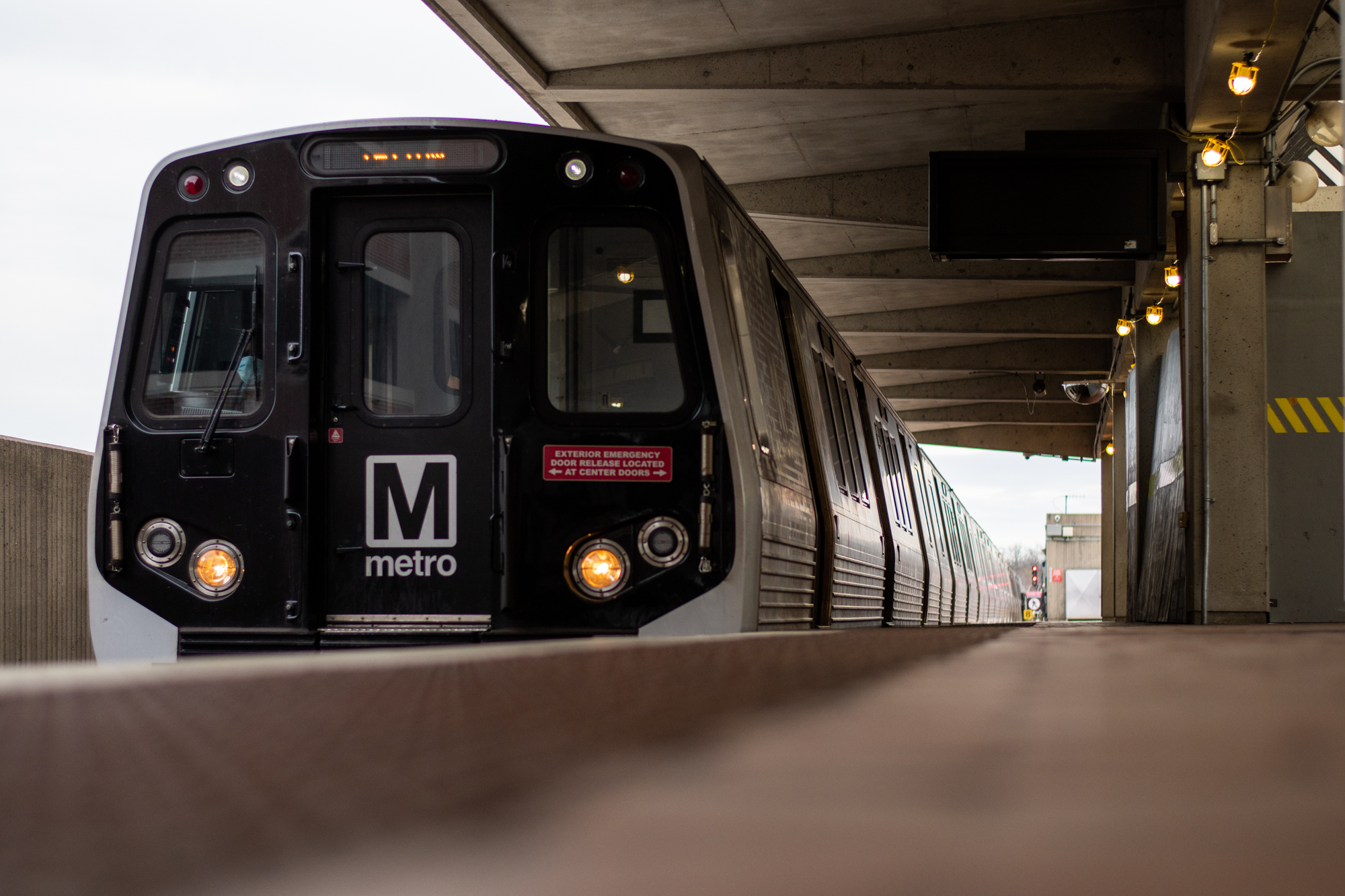Fares, Freedom, and the Future for Hoyas
By Amaya Ashanti Brown
A $2.50 Metro swipe does not sound like much until you are a student swiping twice a day, five days a week, on top of tuition, rent, and groceries. By the end of the month, those rides can cost as much as a week’s worth of groceries or a stack of textbooks. For Georgetown students trying to balance it all, the price of mobility often comes at the expense of opportunity.
This semester, Georgetown is testing a solution. The university’s Hoya Transit Program, which has expanded to include 3,200 students, provides a $50 monthly credit on Washington’s Metro system. The goal is simple: make the city more accessible. The impact, however, stretches far beyond the fare gates.
For second-year graduate student Semoni Weaver, the program did more than save money. It removed the fear of navigating a city that once felt overwhelming. “When I first moved to DC, I was honestly nervous about using public transportation at all,” she admitted. “I did not know how the Metro worked, where the lines went, or how much I should expect to spend every week. The program really helped take that stress away. Now, getting on the Metro feels like second nature.”
That confidence has quickly turned into freedom. Before the program, many students limited their activities to Georgetown because they were hesitant to spend extra money on transportation. “A lot of my classmates, myself included, would try to avoid going places too far off campus because we did not want to spend extra money on transportation,” Weaver explained. “Now, with the $50 credit, I do not think twice about taking the Metro to campus events, happy hours, or even just exploring new neighborhoods.”
For Weaver, those small changes in mindset have opened new experiences. She now takes the Metro to grab dinner in Chinatown after class, to wander through Eastern Market on a Saturday, or to step off at Smithsonian and stroll along the National Mall. “I am saying yes to things I probably would have skipped before,” she said. “It feels like the city is more open to me now.”
The math behind the program is straightforward but powerful. Fifty dollars a month adds up to nearly $500 over the course of the academic year. For some students, that is enough to cover an entire month of commuting. For others, it works more like a discount on a heavier Metro schedule. Either way, the savings provide relief.
That relief is especially clear when it is taken away. A delay in Weaver’s SmartTrip registration meant she did not receive her credit at the start of the semester. “Those first few weeks were a wake up call,” she said. “Paying out of pocket made me realize just how quickly fares drain your budget. Every trip, you are asking yourself if it is really necessary and if you can afford it. It felt restrictive.” She added that once the funds finally load, “it will feel like a huge relief.”
The benefits of the program extend beyond saving money. It is changing how students interact with the city and shaping their sense of belonging in Washington. Weaver recalled how limited her world felt when she first arrived. “When I first got here, I stuck mostly to Georgetown because I did not want to deal with figuring out Metro costs,” she said. “Now I meet friends in different neighborhoods, go to museums on weekends, and even try new restaurants because transportation is no longer a big barrier.”
She remembered one moment in particular that showed her how transformative the program could be. A friend invited her to an art show across the river in Anacostia, a neighborhood she likely would have avoided before. “I did not hesitate because I knew the Metro card would cover it,” Weaver said. “It ended up being one of the best nights I have had here. I never would have gone if I had been stressed about the fare.”
For Weaver, the program has been about more than just a monthly subsidy. It has reshaped her relationship with the city. “The Hoya Transit Program has made DC feel a lot less intimidating both financially and mentally,” she said.
The Hoya Transit Program turns a simple plastic Metro card into something larger. It is a pass to late-night museum trips, to dinners across town, to friendships formed outside the Georgetown bubble. For Weaver, and for many others, fifty dollars a month is not just credit on a SmartTrip card. It is the difference between staying put and stepping out into a city that finally feels like their own.
What started as a money saver quickly became freedom, freedom to explore the National Mall after class, meet friends in Chinatown, or discover art in Anacostia without worrying about fare costs.
Over an academic year, the program saves nearly $500—enough to cover several months of commuting or offset other living expenses.
Sign up today. It’s more than a Metro credit. It’s your ticket to making DC feel like home.
For more information, please contact hoyatransit@georgetown.edu or call the Transportation Office at 202-687-4372.
